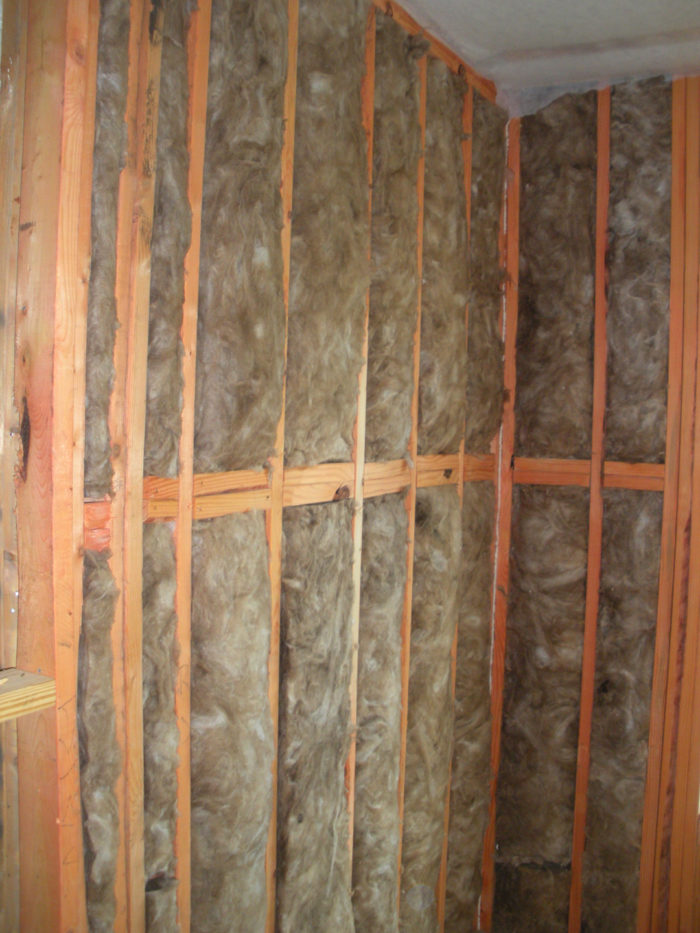
Having spent much of my time writing for GBA whining and complaining about the state of the insulation industry, it is now time for me to eat a little crow. The insulation work at one of our multifamily certification projects has, amazingly, met – and even possibly exceeded – my expectations for quality.
After recently being fired from a certification project because we were being too demanding on the contractor, we were pleasantly surprised to find another client who was not only willing but eager to do high quality building envelope work. To meet NGBS certification through the prescriptive path, the project needed to meet the Grade 1 installation standard for insulation. Since the budget included fiberglass batt insulation, we raised our concerns early in the process, apparently with some success as the contractor found an installer who not only claimed to do Grade 1 work, but actually accomplished it.
The installers are proud of their work and it shows. The batts are consistently cut properly to fit the wall cavities, and are (mostly) split around wires and pipes. Interestingly, during a recent inspection, I pulled back some batts around plumbing drains to find the lower section split properly while the top section wasn’t. I find it hard to understand the thought process behind this type of inconsistency.
Air sealing is still a challenge
During our initial walk-through prior to the start of insulation, we identified several chases on each floor that required additional air sealing. The construction team was not aware of these energy code and NGBS requirements. Although the city building inspectors don’t seem to enforce them, we do.
The team installed drywall in the chases to provide the required air barrier. We recently invited the architects to meet with us on site to discuss some of the air sealing details, providing them feedback on how they can better document them on future projects.
The envelope, please
One of the issues we see in multifamily buildings is inconsistent definition and location of the building envelope.
Exterior walls are pretty straightforward, except for the assorted bump-outs that are typically only aesthetic. With few exceptions, the on-grade or elevated podium slabs generally define the bottom of the envelope.
Roofs vary from steep slope to flat, offering multiple opportunities for insulation location, and often creating complex kneewall conditions. We see flat roofs specified with deck insulation as the base for roofing (not intended to serve as thermal insulation), often with ceiling insulation specified – creating a sort of semi-conditioned attic that wastes much of the value of the roof deck insulation.
In one recent project, where the specified roof deck insulation was adequate as the thermal barrier, we recommended that the ceiling insulation be eliminated, creating a fully conditioned attic in the process. This detail did create some kneewalls that needed additional attention at cantilevers and against elevator shafts, but the overall results were better and less expensive than the original design.
Onward and upward
As our consulting and certification work on multifamily building expands, we continue to find new and interesting challenges that must be overcome for our clients to meet green certification. We see every challenge as an opportunity to improve building performance, learn something new, and help others figure out how to do a better job the next time.
One great thing about this business is that there are always new challenges, keeping us and our clients on our toes and our days interesting.
Weekly Newsletter
Get building science and energy efficiency advice, plus special offers, in your inbox.















0 Comments
Log in or create an account to post a comment.
Sign up Log in